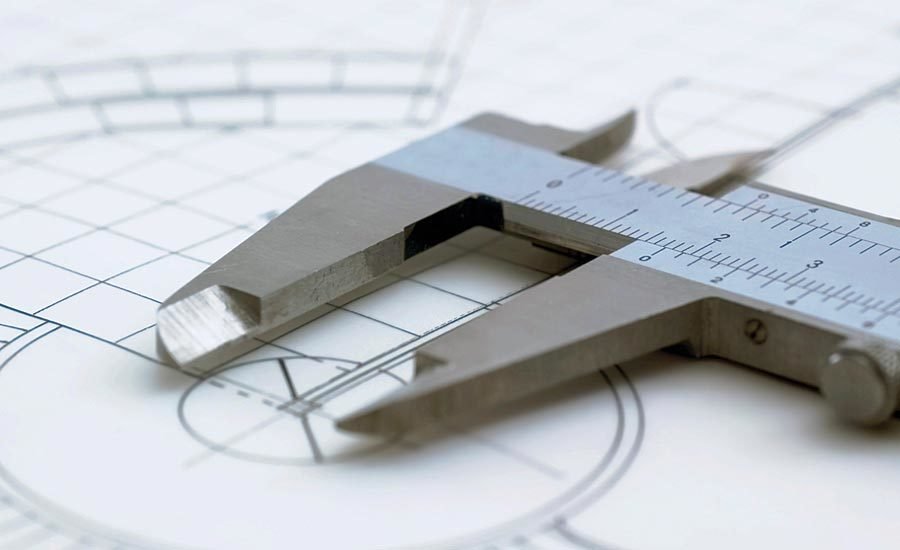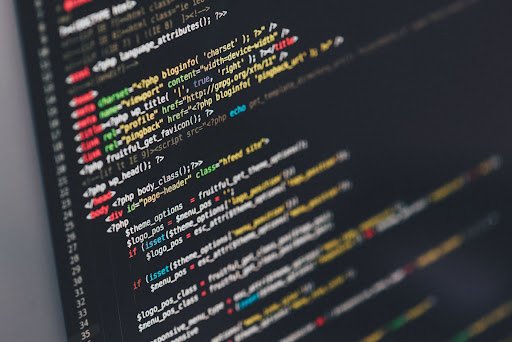In the realm of industrial testing and quality control, the term “Test Bar White” frequently appears as a pivotal component in ensuring the accuracy and reliability of measurements and standards. This article explores the concept of Test Bar White in detail, examining its origins, applications, benefits, and significance in various industries. We will also delve into the technological advancements that have influenced its development and the future outlook for this crucial tool.
Origins and Concept of Test Bar White
The Emergence of Standard Testing
The concept of standard testing bars has been around for many years, originating from the need to create reliable and consistent measurement benchmarks. In manufacturing and engineering, test bars are used to assess the performance and accuracy of measuring instruments, such as calipers, micrometers, and other precision tools. These bars are manufactured with extreme precision to serve as reference points against which other measurements can be compared.
The introduction of “Test Bar White” specifically refers to a standardized test bar used for calibration and verification purposes. It is often characterized by its white color, which is intended to enhance visibility and contrast during measurement processes. This color coding aids in reducing errors and improving the clarity of measurements, making it an essential tool in quality control.
Purpose and Importance
The primary purpose of Test Bar White is to provide a reference standard for the calibration and verification of measuring instruments. Its importance lies in ensuring that these instruments maintain their accuracy and precision over time. By using Test Bar White, technicians and engineers can detect any deviations or errors in measurement tools, thereby maintaining the quality and reliability of their work.
In industries where precision is crucial, such as aerospace, automotive, and manufacturing, Test Bar White plays a vital role in maintaining high standards. Accurate measurements are essential for product quality, safety, and performance, making Test Bar White an indispensable tool in these fields.
Applications of Test Bar White
Calibration of Measuring Instruments
One of the primary applications of Test Bar White is in the calibration of measuring instruments. Whether used in laboratories, manufacturing facilities, or quality control departments, Test Bar White provides a reference point against which the accuracy of measurement tools can be verified. By comparing the readings of an instrument with the known dimensions of the Test Bar White, technicians can determine if the instrument is functioning correctly.
Regular calibration using Test Bar White helps ensure that measuring instruments remain accurate and reliable. This process is essential for maintaining the integrity of measurements and preventing costly errors or defects in products.
Quality Control and Assurance
In quality control and assurance processes, Test Bar White is used to verify the accuracy of measurements taken during production. By incorporating Test Bar White into routine inspections, manufacturers can ensure that their products meet the required specifications and standards. This practice helps prevent defects, reduces waste, and enhances overall product quality.
Test Bar White is particularly valuable in industries with stringent quality requirements, such as aerospace and automotive manufacturing. In these sectors, even minor deviations in measurements can have significant consequences, making precise and accurate testing essential.
Research and Development
In research and development (R&D) environments, Test Bar White serves as a critical tool for evaluating new measurement techniques and technologies. Researchers use Test Bar White to test the performance of innovative measurement instruments and methods, ensuring that they meet the necessary accuracy and precision standards.
The versatility of Test Bar White makes it suitable for a wide range of R&D applications. From developing new manufacturing processes to exploring advanced measurement technologies, Test Bar White provides a reliable benchmark for assessing performance and progress.
Technological Advancements and Innovations
Evolution of Test Bar Design
The design and manufacturing of Test Bar White have evolved significantly over the years. Advances in materials science, precision engineering, and manufacturing techniques have led to the development of high-quality Test Bar White products with enhanced accuracy and durability.
Modern Test Bar White is typically made from materials such as stainless steel or high-grade alloys, which offer excellent resistance to wear and environmental factors. The manufacturing process involves meticulous precision machining to ensure that the test bar meets the highest standards of accuracy.
Additionally, advancements in surface treatment and coating technologies have improved the visibility and contrast of Test Bar White. These innovations enhance the effectiveness of Test Bar White in various testing environments, making it easier for technicians to perform accurate measurements.
Integration with Digital Technologies
The integration of Test Bar White with digital technologies has revolutionized the field of measurement and calibration. Digital measurement systems and software tools now allow for real-time monitoring and analysis of test results, streamlining the calibration process and improving accuracy.
Digital technologies also enable automated calibration processes, reducing the need for manual intervention and minimizing human error. By incorporating Test Bar White into these digital systems, technicians can achieve greater precision and efficiency in their measurements.
Future Trends and Developments
As technology continues to advance, the future of Test Bar White is likely to be shaped by innovations in materials, manufacturing techniques, and digital technologies. Potential developments may include the use of advanced materials with enhanced properties, the integration of artificial intelligence for automated calibration, and the incorporation of smart sensors for real-time measurement monitoring.
The ongoing evolution of Test Bar White reflects the broader trends in the field of measurement and calibration, highlighting the importance of continuous improvement and adaptation to emerging technologies.
Benefits of Test Bar White
Accuracy and Reliability
One of the key benefits of Test Bar White is its ability to provide a high level of accuracy and reliability in measurements. By serving as a reference standard, Test Bar White ensures that measuring instruments are functioning correctly and consistently. This accuracy is crucial for maintaining the quality and precision of measurements in various industries.
Regular use of Test Bar White in calibration processes helps prevent errors and discrepancies, contributing to the overall reliability of measurement tools. This reliability is essential for ensuring that products meet specifications and perform as expected.
Cost-Effectiveness
While Test Bar White represents an investment in quality control, its cost-effectiveness is evident in the long term. By ensuring the accuracy of measurement instruments, Test Bar White helps prevent costly errors, defects, and rework. This cost-saving benefit is particularly significant in industries with high production volumes and stringent quality requirements.
Additionally, the durability and longevity of Test Bar White products contribute to their cost-effectiveness. High-quality test bars are designed to withstand repeated use and maintain their accuracy over time, reducing the need for frequent replacements.
Enhanced Productivity
The use of Test Bar White in calibration and quality control processes can enhance productivity by streamlining testing procedures and reducing downtime. Accurate and reliable measurements lead to fewer errors and defects, allowing for smoother production processes and faster turnaround times.
In research and development settings, Test Bar White supports productivity by providing a consistent benchmark for evaluating new technologies and methods. This efficiency contributes to faster innovation and development cycles, driving progress in various fields.
Challenges and Considerations
Maintaining Calibration Standards
One of the challenges associated with Test Bar White is ensuring that it maintains calibration standards over time. Environmental factors, wear and tear, and handling can affect the accuracy of test bars. Regular inspection and maintenance are necessary to ensure that Test Bar White remains a reliable reference standard.
Additionally, variations in manufacturing processes and materials can impact the performance of Test Bar White. Ensuring consistent quality and adherence to standards is essential for maintaining the effectiveness of test bars in calibration and measurement.
Training and Expertise
Effective use of Test Bar White requires proper training and expertise. Technicians must be knowledgeable about calibration procedures, measurement techniques, and the specific requirements of Test Bar White. Providing adequate training and resources is crucial for ensuring that Test Bar White is used correctly and effectively.
The complexity of modern measurement systems and digital technologies also requires technicians to stay updated on advancements and best practices. Ongoing education and professional development play a key role in maintaining proficiency and ensuring the successful application of Test Bar White.
Integration with Existing Systems
Integrating Test Bar White with existing measurement and calibration systems can present challenges, particularly in environments with established processes and equipment. Compatibility issues, adjustments to procedures, and the need for system updates may arise during integration.
Addressing these challenges requires careful planning and coordination. Collaborating with manufacturers, technology providers, and industry experts can help facilitate a smooth integration process and ensure that Test Bar White complements existing systems effectively.
Conclusion
Test Bar White represents a significant advancement in the field of measurement and calibration, offering a reliable and accurate tool for ensuring the performance and precision of measuring instruments. Its applications span various industries, including manufacturing, quality control, and research and development, highlighting its importance in maintaining high standards of accuracy and quality.
The evolution of Test Bar White, driven by technological advancements and innovations, reflects the broader trends in the field of measurement and calibration. As digital technologies and materials continue to advance, the future of Test Bar White holds the promise of enhanced accuracy, efficiency, and integration with modern systems.
While challenges related to calibration standards, training, and integration exist, addressing these challenges through proper planning and expertise can maximize the benefits of Test Bar White. By leveraging its advantages, industries can achieve greater precision, reliability, and cost-effectiveness in their measurement processes.
As the landscape of measurement and calibration continues to evolve, Test Bar White will remain a crucial tool in ensuring the accuracy and quality of measurements. Its role in shaping the future of financial innovation and industrial testing underscores its significance in the ongoing quest for excellence and precision.



